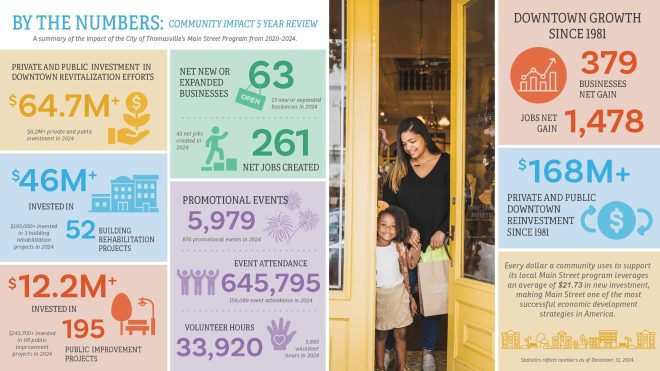Immigrant workers essential
Published 8:00 am Wednesday, November 6, 2019
South Georgia depends on foreign-born workers.
Many of those workers are fully “documented.”
Some are not.
It takes both to meet the demands of growers who simply would not be able to harvest without them.
Unauthorized workers are not causing problems for local enforcement agencies.
People may make racist comments about Mexicans, but they sure don’t mind purchasing vegetables picked by the hard-working immigrants.
Perhaps other parts of the country have experienced higher incidents of crime directly associated with illegal immigrants but locally it just has not been the case.
Immigration is a complicated issue with no easy fix.
We remind our readers about a 2016 study by the Pew Research Center, the number of unauthorized immigrants in the U.S. has stabilized in recent years after decades of rapid growth.
The Pew study showed:
— There were 11.1 million unauthorized immigrants in the U.S. in 2014, a total unchanged from 2009 and accounting for 3.5% of the nation’s population. The number of unauthorized immigrants peaked at 12.2 million in 2007, when this group was 4% of the U.S. population.
— The U.S. civilian workforce included 8 million unauthorized immigrants in 2014, accounting for 5% of those who were working or were unemployed and looking for work, according to new Pew Research Center estimates.
— Mexicans made up 52% of all unauthorized immigrants in 2014, though their numbers had been declining in recent years. There were 5.8 million unauthorized Mexican immigrants living in the U.S. that year, down from 6.4 million in 2009, according to the latest Pew Research Center estimates.
— Six states accounted for 59% of unauthorized immigrants in 2014: California, Texas, Florida, New York, New Jersey and Illinois. But some state populations had changed since 2009, despite the stable trend at the national level. From 2009-14, the unauthorized immigrant population decreased in seven states: Alabama, California, Georgia, Illinois, Kansas, Nevada and South Carolina. In all of them, the decline was due to a decrease in unauthorized immigrants from Mexico.
— A rising share of unauthorized immigrants have lived in the U.S. for at least a decade. About two-thirds of adults in 2014 had been in the U.S. at least that long, compared with 41% in 2005. A declining share of unauthorized immigrants have lived in the U.S. for less than five years — 14% of adults in 2014, compared with 31% in 2005. In 2014, unauthorized immigrant adults had lived in the U.S. for a median of 13.6 years, meaning that half had been in the country at least that long. Only 7% of unauthorized Mexican immigrants had been in the U.S. for less than five years in 2014, compared with 22% of those from all other countries.
Agriculture and construction account for the highest percentage of jobs being done by the undocumented workers, by far, with many operations heavily depending on the illegal immigrants for their workforce. The cost to farming operations in lost labor, not to mention the costs associated with locating, arresting and deporting illegal immigrants not committing other crimes, would be appreciable and a drain on local businesses and law enforcement.
Looking through arrest and offense reports, talking to the authorities and to farmers, it is obvious immigrant workers — documented and undocumented — are not a criminal element but rather tend to be hard-working men and women providing a valuable workforce.
While U.S. lawmakers are fixated on border security, the most immediate fix should be an overhaul of guest worker documentation that should be streamlined, fast-tracked and completely transparent.
Our farms, and many other industries, depend on it.
While a pathway to citizenship in the United States has proven to be a long and winding road, we believe the pathway to work should be swift and easy and the federal government should not place barriers between these honest workers and their employers.





